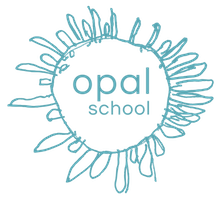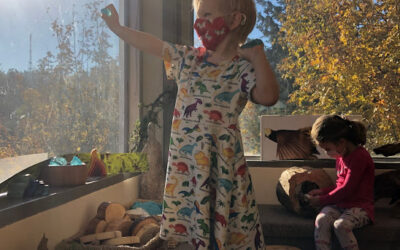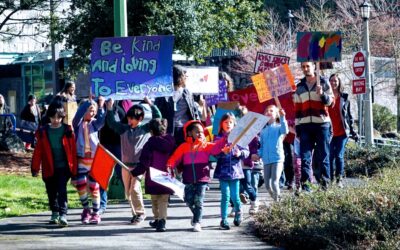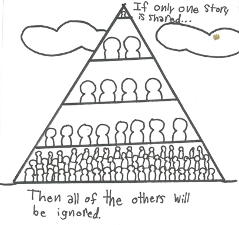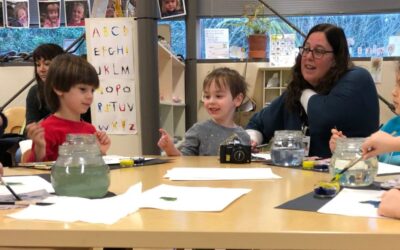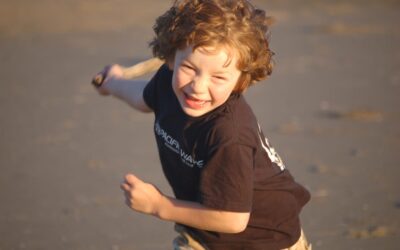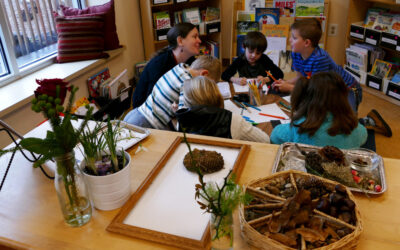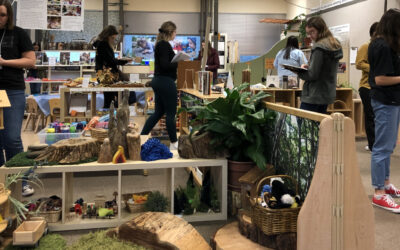Matt Karlsen
Home \ Opal School Blog \ Matt Karlsen
Staying Close
Through Opal School’s courses, I’ve been in conversations with teachers whose learning communities are impacted by the Covid 19 pandemic in the full range of…
DETAIL
The election, politics, and young children
In this election season, many of us are energized to deepen both our political advocacy and our pedagogy. I believe that we all need to…
DETAIL
Playful Inquiry and Politically Charged Topics
This post comes from our colleague Ben Mardell and is also posted on the Pedagogy of Play blog. Persistent and pernicious racism and inequality. Hurricanes…
DETAIL
An ecology of listening
“What’s the thing that most people miss above all? It’s just the chance to be gregarious, to be with other people. Human beings are socially…
DETAIL
The Max MacKay Rule: Decision-Making in the Time of COVID-19
These last days have come at us hard and fast. As we continue to respond and adapt, all of us at Opal School hope that…
DETAIL
Making biases visible
Last week, families gathered to discuss how work currently happening at Opal School supports knowledge and dispositions central to social justice and global citizenship. Families heard…
DETAIL
Visitation Days 2020: New Models for Friendship
Last week, nearly 100 educators from around the world gathered at Opal School to uncover principles of Playful Inquiry and imagine greater opportunities for learning…
DETAIL
When your light goes out
Weekly, the Opal School elementary community starts its day with a community gathering. It’s a time when all four classes, along with many family members,…
DETAIL
Book Club: Inventology, Parts 3 & 4
I hope that you’ve been enjoying reading Inventology: How We Dream Up Things That Change the World – and that the Framework for Inspiring Inventiveness…
DETAIL
The Danger of The Guillotine
For the second year in a row, Opal School hosted a “Rising Educators Study Tour” for high school students who study approaches to early childhood…
DETAIL
